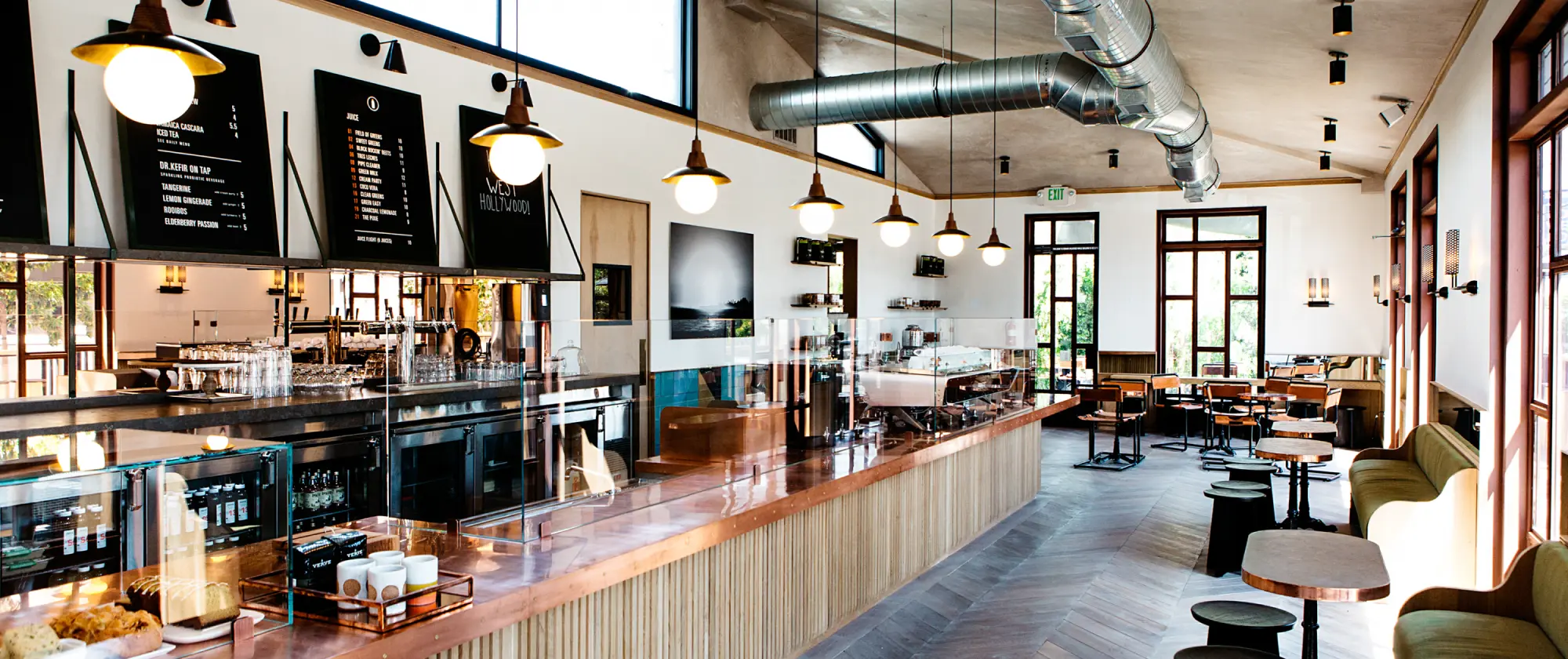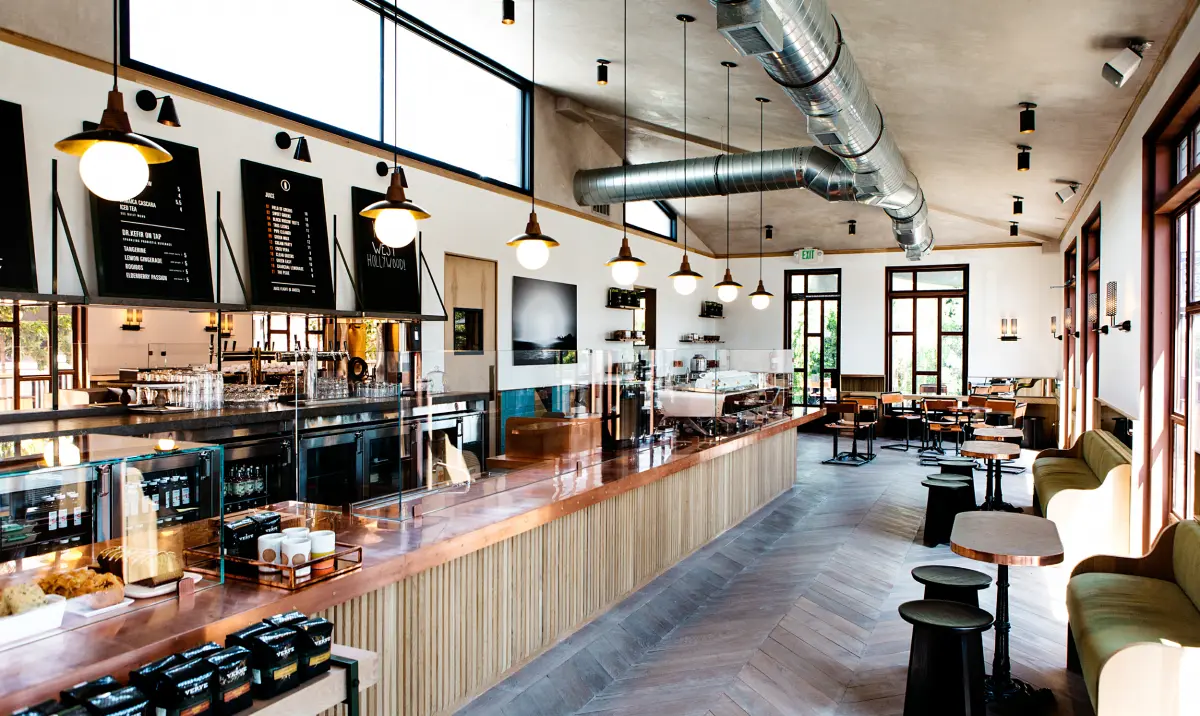

Coffee Shop Opening and Closing Time Checklists
Opening and closing your coffee shop each day involves much more than flipping the sign on the door. From ensuring your staff is ready to managing equipment checks and inventory, these routines play a crucial role in your business’s success. A comprehensive checklist not only simplifies daily operations but also ensures your coffee shop delivers consistent service and quality, delighting your customers and building loyalty.
This guide will walk you through the essential steps for opening and closing your coffee shop efficiently. Whether you’re a seasoned owner or just starting, implementing these practices will save time, reduce stress, and improve overall operations.
With an organized approach, you’ll be able to focus more on what truly matters—creating a welcoming environment and serving exceptional coffee. Let’s dive into the checklist and start streamlining your day-to-day operations!
Why a Time Checklist is Crucial for Your Coffee Shop
A well-structured time checklist is more than just a tool for staying organized; it’s the backbone of smooth and efficient operations. By clearly defining opening and closing tasks, you minimize the risk of errors, save time, and create a consistent experience for both staff and customers. Here’s why every coffee shop owner should prioritize implementing a detailed time checklist.
Enhancing Daily Efficiency
- A time checklist ensures all tasks are completed in a logical, step-by-step order.
- It eliminates guesswork, helping staff understand their responsibilities clearly.
- Reduces downtime and avoids overlapping efforts during busy hours.
Why It Matters: A well-planned checklist minimizes wasted time, allowing your team to focus on what they do best—serving customers quickly and effectively.
Reducing Errors and Improving Service
- Tasks like checking equipment, stocking inventory, and sanitizing spaces are less likely to be overlooked.
- Identifies potential issues, such as equipment malfunctions or low inventory, early in the day.
- Improves customer satisfaction by ensuring consistency in service and product availability.
Why It Matters: By reducing errors, you’ll build trust with your customers, creating a reputation for reliability and high standards.
Importance of Consistency in Customer Experience
- A standardized routine helps deliver the same level of quality and service every day.
- Ensures your shop opens on time, fully prepared to meet customer expectations.
- Builds brand loyalty by creating a dependable and professional image.
Why It Matters: Consistency is key to retaining customers and encouraging repeat visits, especially in the competitive coffee shop industry.
Essentials to Prepare Before Opening
Preparation is the key to a successful start for your coffee shop each day. From ensuring your team is ready to creating an inviting atmosphere, this section covers the essential steps to take before you unlock the doors. With a clear process in place, you can minimize delays and deliver exceptional service from the get-go.
Verify Staff Schedule and Attendance
- Double-check the roster to ensure all scheduled staff are present.
- Address any last-minute absences and reassign tasks as needed.
- Hold a brief team meeting to review the day’s goals, promotions, or any special events.
Why It Matters: A reliable and well-informed team ensures your coffee shop runs smoothly, even during busy periods.
Conducting Equipment and Maintenance Checks
- Inspect espresso machines, grinders, brewers, and blenders for proper functioning.
- Test the point-of-sale (POS) system, including receipt printers and card readers.
- Confirm that refrigeration and storage equipment are at the correct temperature.
Why It Matters: Addressing equipment issues before opening avoids delays and ensures you can serve customers without interruptions.
Stock Inventory Assessment
- Check essential items like coffee beans, milk, syrups, tea, and condiments.
- Verify availability of disposable items such as cups, lids, napkins, and stirrers.
- Restock shelves, counters, and storage areas with necessary supplies.
Why It Matters: A well-stocked inventory ensures you can meet customer demand and avoid running out of popular items.
Setting Up the Coffee Shop Atmosphere
- Arrange tables, chairs, and counters for a welcoming layout.
- Adjust lighting to create a cozy and inviting environment.
- Play background music at an appropriate volume to enhance the customer experience.
Why It Matters: The right atmosphere sets the tone for your customers’ experience, encouraging them to relax and enjoy their visit.
Step-by-Step Opening Checklist
Starting your day with a clear and organized opening checklist ensures every task is completed efficiently, setting your coffee shop up for success. By following a step-by-step routine, you can create a seamless workflow that prepares your space and staff for an excellent customer experience.
Cleaning and Sanitization Tasks
- Wipe down all surfaces, including tables, counters, and equipment.
- Sweep and mop floors to ensure the space is clean and safe.
- Replenish soap, paper towels, and toilet paper in the restrooms.
Why It Matters: A clean environment promotes hygiene and creates a positive first impression for customers.
Food and Beverage Preparation
- Brew coffee and tea to have ready-to-serve options for early customers.
- Prepare any baked goods or fresh pastries and display them attractively.
- Check milk and alternative milk supplies, ensuring they are properly stored and accessible.
Why It Matters: Having items ready during peak hours allows for faster service and improved customer satisfaction.
Display and Menu Arrangement
- Set up pastry counters, drink display cases, and other visual merchandising areas.
- Update menu boards with the day’s specials, promotions, or seasonal offerings.
- Ensure that all prices and descriptions are accurate and visible.
Why It Matters: A well-organized and visually appealing display can influence customer choices and drive sales.
Managing Operations During Business Hours
Smooth operations during business hours are essential for maintaining customer satisfaction and ensuring your coffee shop runs efficiently. By monitoring workflow, coordinating staff, and addressing tasks promptly, you can create a positive experience for every customer.
Monitoring Customer Flow and Service Quality
- Keep an eye on table turnover times and ensure customers are seated quickly.
- Observe order accuracy and delivery speed to maintain high service standards.
- Respond promptly to customer feedback or complaints to resolve issues on the spot.
Why It Matters: Efficient service and attentiveness create a memorable experience, encouraging repeat visits and positive reviews.
Regular Cleaning During Service
- Clear tables promptly to make room for new customers.
- Wipe down counters, condiment stations, and high-touch surfaces regularly.
- Empty trash bins and restock napkins, stirrers, and other supplies as needed.
Why It Matters: Continuous cleaning ensures a tidy and inviting environment for all customers, even during peak hours.
Staff Coordination and Break Schedules
- Assign tasks and ensure staff members rotate efficiently during busy periods.
- Schedule breaks strategically to avoid understaffing at critical times.
- Maintain clear communication among team members to handle rushes smoothly.
Why It Matters: Proper staff coordination prevents burnout and ensures consistent service throughout the day.
Closing Time Preparations
Closing your coffee shop requires as much attention to detail as opening. A thorough closing routine ensures everything is ready for the next day while maintaining cleanliness and organization. These steps will help you wrap up operations efficiently and leave your coffee shop in excellent shape.
Inventory Check and Restocking
- Log stock levels for key items like coffee beans, milk, syrups, and disposable supplies.
- Take note of any low inventory and place orders for restocking.
- Refill counters, condiment stations, and storage areas for a smooth start the next day.
Why It Matters: Maintaining an accurate inventory prevents shortages and ensures readiness for the next day’s operations.
Cleaning and Maintenance Tasks
- Deep clean all equipment, including espresso machines, grinders, and blenders.
- Wash and sanitize all utensils, tools, and surfaces used during the day.
- Sweep and mop floors, empty trash bins, and tidy up seating areas.
Why It Matters: Cleanliness not only meets health and safety standards but also creates a welcoming environment for customers and staff.
Cash Register and POS System Closing
- Count cash and reconcile it with daily sales reports.
- Process credit card transactions and ensure the POS system is closed properly.
- Secure cash and sensitive financial data in a safe or designated location.
Why It Matters: Accurate financial tracking helps you identify daily performance trends and avoid discrepancies.
Security and Safety Measures
- Turn off all kitchen appliances and equipment to save energy and prevent hazards.
- Ensure all doors and windows are locked securely, and alarms are set.
- Check security cameras and ensure proper functioning for overnight safety.
Why It Matters: Following security protocols protects your business assets and gives you peace of mind after closing.
Final End-of-Day Checklist
A final end-of-day checklist helps confirm that all essential tasks are completed and ensures your coffee shop is set up for success the following day. By reviewing operations and securing your premises, you can rest assured that everything is in order before heading out.
Security and Safety Measures
- Double-check that all equipment is powered down, including lights, kitchen appliances, and coffee machines.
- Confirm all entry points, such as doors and windows, are locked securely.
- Activate the alarm system and ensure security cameras are functioning properly.
Why It Matters: Comprehensive security checks safeguard your assets and reduce the risk of theft or accidents overnight.
Staff Debrief and Next-Day Preparation
- Hold a quick debrief to review the day’s operations, discussing what went well and identifying areas for improvement.
- Assign tasks for the next day, such as opening roles or preparing for upcoming events or promotions.
- Ensure any feedback from customers or team members is documented for follow-up.
Why It Matters: A clear plan for the next day boosts team morale and ensures smoother operations when the shop reopens.
Final Cleaning Touch-Ups
- Reinspect all cleaned surfaces, equipment, and floors to ensure nothing was missed.
- Empty all trash bins and secure the garbage for disposal.
- Verify that the coffee shop is left in a spotless and welcoming state for the next morning.
Why It Matters: A pristine environment reflects your commitment to quality and makes the opening routine easier for the next day.
Tips to Optimize Opening and Closing Routines
Streamlining your coffee shop’s opening and closing routines can save time, reduce stress, and improve overall efficiency. By implementing the right strategies and tools, you can ensure your staff performs these tasks seamlessly and consistently every day.
Using Digital Checklists for Accuracy
- Adopt apps or software that allow you to create detailed digital checklists.
- Enable team members to mark tasks as complete, providing real-time updates.
- Customize checklists for specific roles, ensuring no task is overlooked.
Why It Matters: Digital tools reduce human error and provide a record of completed tasks, promoting accountability.
Training Staff for Seamless Execution
- Provide thorough training on opening and closing procedures during onboarding.
- Conduct regular refresher sessions to address common challenges and updates.
- Pair new team members with experienced staff for hands-on learning.
Why It Matters: Well-trained staff work more confidently and efficiently, reducing the likelihood of mistakes during crucial routines.
Periodic Review of Checklist Effectiveness
- Regularly review and update your checklists to adapt to operational changes or new equipment.
- Solicit feedback from your staff on how to improve workflows and address bottlenecks.
- Monitor task completion times to identify areas for further streamlining.
Why It Matters: Continual improvement ensures your processes remain effective and aligned with your coffee shop’s evolving needs.
Key Takeaways
Having a detailed opening and closing time checklist is essential for ensuring smooth daily operations and maintaining a high level of service at your coffee shop. By following the steps outlined in this guide, you can improve efficiency, reduce errors, and create a consistent and welcoming experience for your customers.
- Streamline Operations: A clear checklist helps your team perform tasks in a logical, organized manner, saving time and reducing stress.
- Enhance Customer Satisfaction: Consistency in cleanliness, preparation, and service quality builds trust and encourages repeat visits.
- Ensure Accountability: Digital or paper checklists provide a record of completed tasks, improving accountability among staff members.
- Promote Team Coordination: Well-trained staff and clear communication during opening and closing routines ensure seamless operations, even during busy periods.
- Maintain Security and Safety: Properly securing your premises and conducting end-of-day checks protect your assets and provide peace of mind.
By integrating these practices into your daily routines, you can create a more efficient and reliable operation while fostering a positive work environment for your team and an exceptional experience for your customers.
ABOUT THE AUTHOR
Erkin Coban
Your Customers Deserve The Best
And we got Menuviel for them.
The fastest and easy-to-use online QR menu with 12+ unique features. Choose Menuviel and elevate your service quality to the next level.
Use free for the first 30 days.

In This Article

Free AI Tools for Restaurants
TRY NOW ➜

Lightning-fast loading pages and images
Your menu loads instantly with optimized images—no waiting, just a smooth browsing experience.





